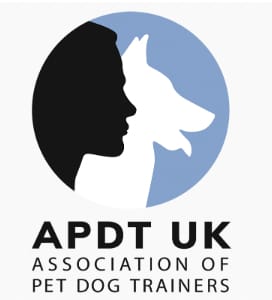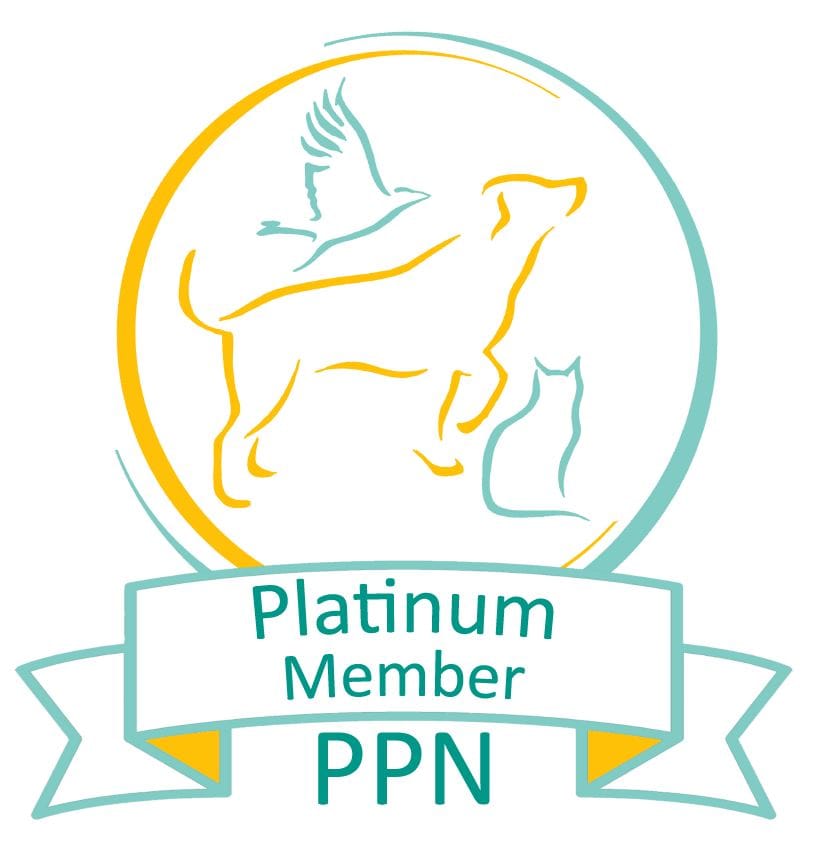Understand Your Dog: 3 Commonly Misunderstood Signals
19/11/2014 - Blog
We’d all love to say that yes, of course we understand our dogs – but the fact is, they are a different species and they don’t communicate the same way we do. As a dog owner, you grow accustomed to the differences in doggy behaviour, but there are still some common misunderstandings. Here we look at three of the most common.
Raised Paw
When a dog sits with one paw raised, many people think that they are begging for treats or offering to “shake”. Now, it’s possible (and in many cases likely) that the owner has trained the dog to shake or beg – but dogs also use a raised paw naturally as a sign of stress or anxiety. If they haven’t done it on a command, it’s important to look at the rest of their body language before you dive in to grab that cute little paw and give it a shake.
Wagging Tail
When you see a wagging tail, that means the dog’s happy, right? Not necessarily. Your dog uses its tail to communicate all sorts of messages, and happiness is only one of them. The key is to look at the position of the tail – although this will vary with breed, so an Akita would naturally carry their tail high even when they are relaxed. Generally speaking, a high tail speaks of attention, and a low one means relaxation; down between the legs means fear. If just the tip is bristling then your dog may be stressed; if it’s bristling all the way then you may be looking at aggression. The classic happy dog wag comes right from the base of the tail, usually with the doggy bottom wiggling too.
Adoring Gaze
When your dog looks up at you with big, loving eyes, you probably just want to gaze adoringly right back. Well, you really shouldn’t; for dogs, looking directly into another’s eyes is threatening behaviour, so returning what looks like an adoring gaze can make your dog very uncomfortable. The eyes can also tell you other things – if they’re bigger than normal, this is either confidence or a threat. If they’re squinting so their eyes are smaller than normal, they are often indicating submissiveness or fear.
These are just a few of the most commonly misunderstood behavioural signals that dogs give; they have an entire complex body language which long-term dog owners will often grow accustomed to, but which can baffle new owners. Training is often as much about growing to understand your dog as it is about teaching them! If you’re looking for dog training in Surrey, here at CK9 Training we can offer a range of classes and workshops using kind, positive methods. For more information, contact us on 07739 815 265.
Copyright © 2025 CK9 Training








